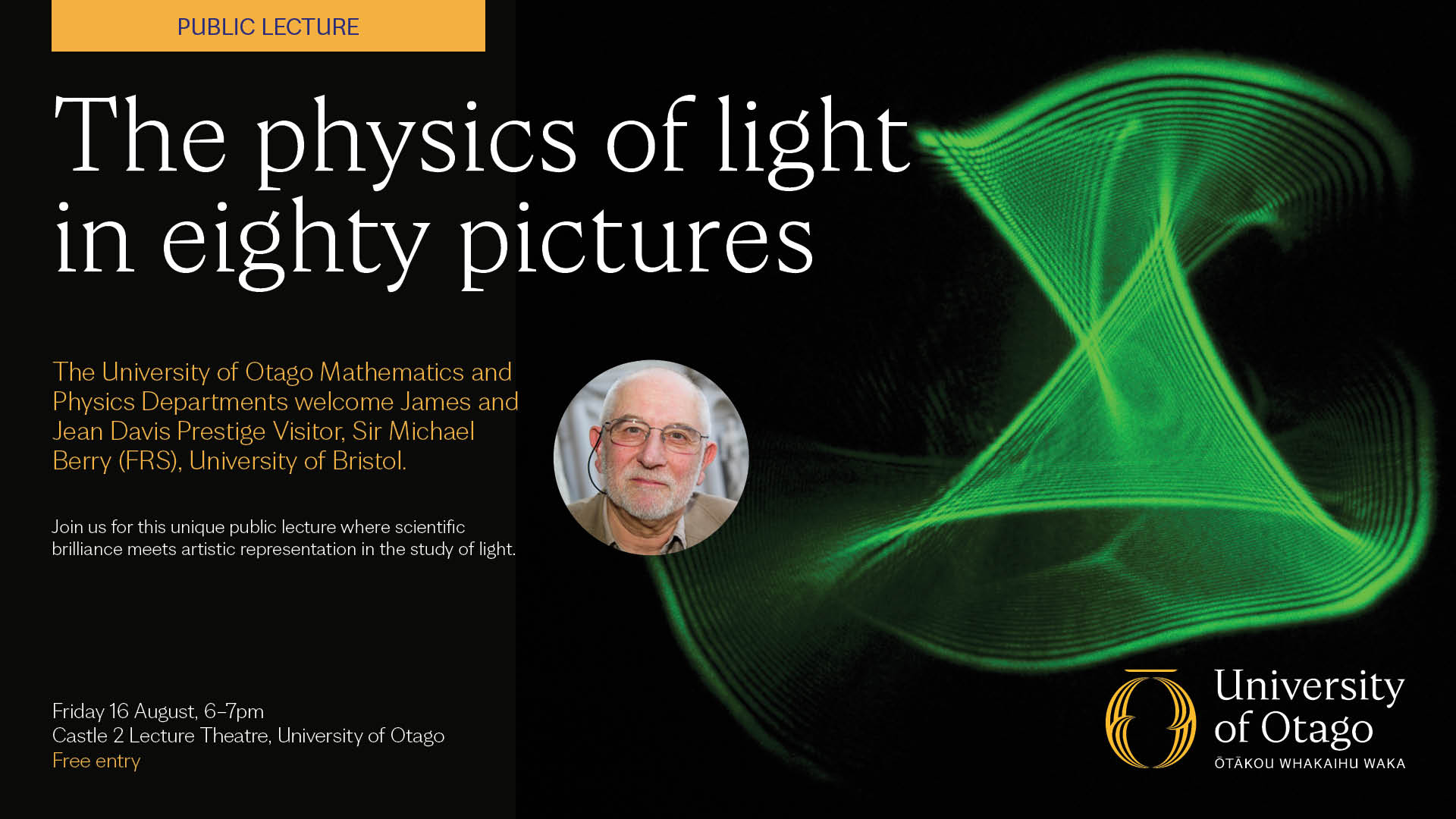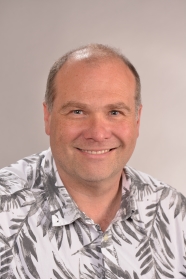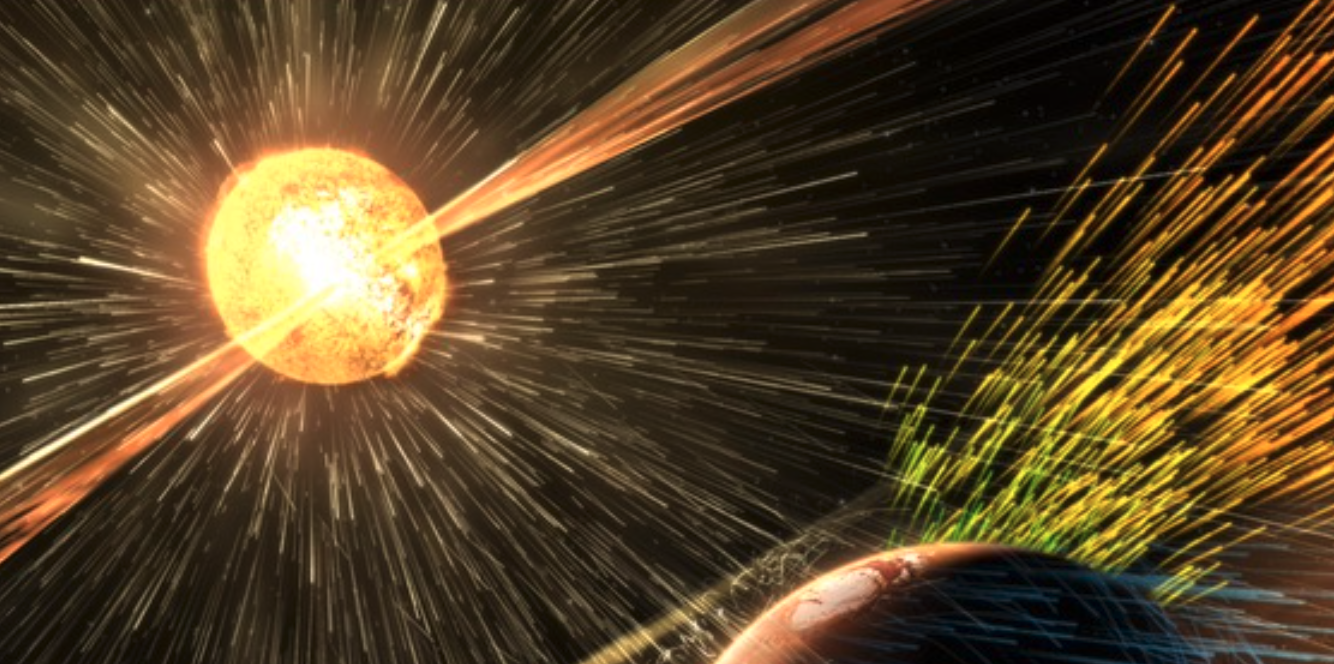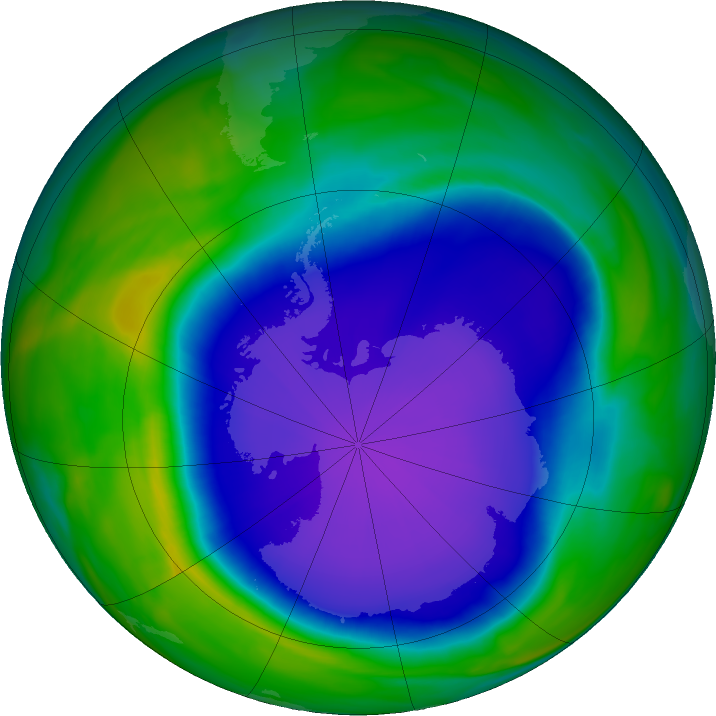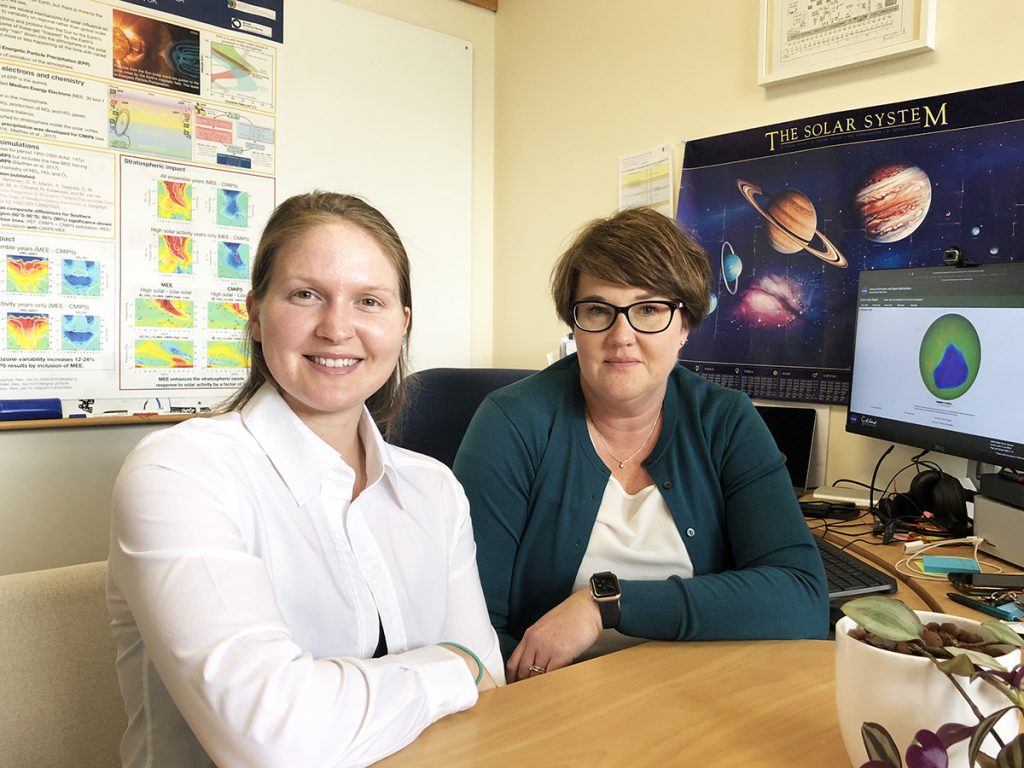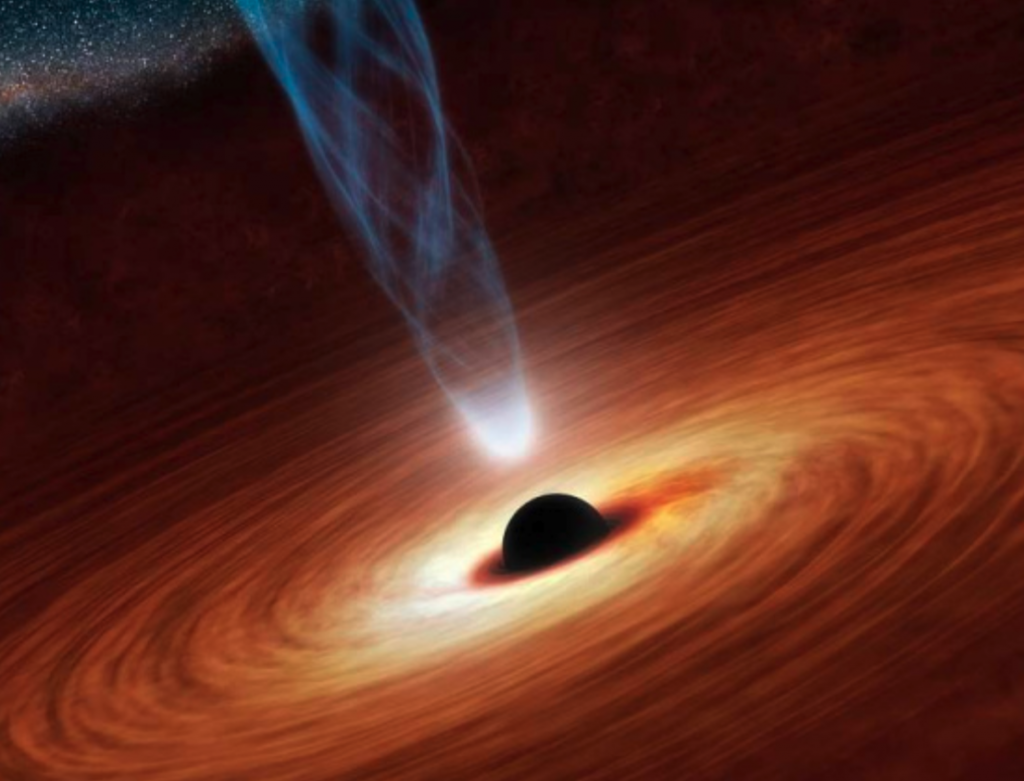Sir Michael Berry, distinguished British physicist, renowned for his groundbreaking contributions to the field of quantum mechanics and wave phenomena has visited New Zealand as a James and Jean Davis Prestigious Visitor of the University of Otago.
Professor Berry’s work has had profound implications in various disciplines, including optics and condensed matter physics. He is perhaps best known for formulating the Berry phase, a fundamental concept in quantum mechanics that describes how the phase of a quantum state evolves when the system is adiabatically transported around a closed path in parameter space. This concept has not only enriched theoretical physics but has also found applications in areas such as molecular dynamics, quantum computing, and materials science.
